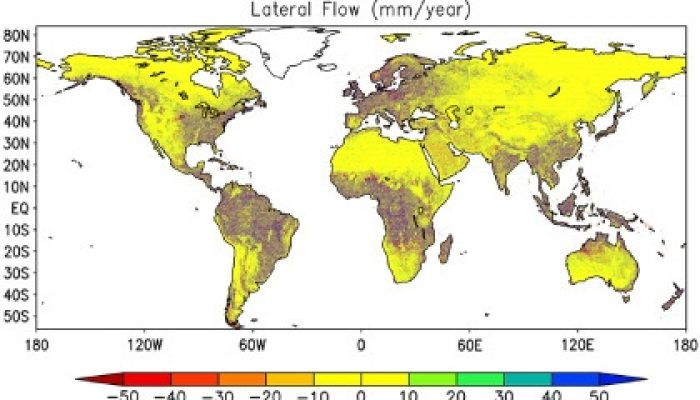National Lampoon’s European Vacation was one of my favorite movies growing up but I hope it is not what happens over the next few weeks. I am visiting colleagues and giving talks at ETH Zurich, Utrecht University, Gottingen University, and then EGU in Vienna. Four countries in three weeks! I thought it might be useful to list my talks and dates here for people who might be interested… ETH Zu ...[Read More]
If you didn't find what you was looking for try searching again.
GeoLog
GeoEd: An African GIFT Experience
This year the EGU embarked on a new journey into Africa to deliver its renowned Geosciences Information for Teachers (GIFT) programme to teachers in South Africa and neighbouring countries in collaboration with UNESCO and the European Space Agency (ESA). The topic: Climate Change and Human Adaptation. Jane Robb reports on the week’s events… Set in ‘the windy city’ of Port Elizabeth (or ...[Read More]
Green Tea and Velociraptors
Middle-Earth gets a geological makeover
As if J. R. R. Tolkien wasn’t brilliant enough with his creation of Middle-Earth, it appears that using his numerous maps and illustrations provided, supplemented by observations from within the texts themselves, a geological reconstruction can be achieved! I recently came across this old article from the Proceedings of the J. R. R. Tolkien Centenary Conference, Oxford, England, 1992, and figured ...[Read More]
Soil System Sciences
Soils at Imaggeo: gully erosion in Swaziland
John Quinton, UK This post was also published simultaneously in G-Soil.
WaterUnderground
Great groundwater video!
Display "Groundwater Animation" from YouTube Click here to display content from YouTube. Always display content from YouTube Open "Groundwater Animation" directly Clear graphics, good message and an awesome sing-along. what more could one ask for? the only message that I would add is the importance of virtual groundwater use in what we decide to consume, especially our food.
WaterUnderground
The importance of groundwater for climate models
Contributed by Nir Krakauer nkrakauer@ccny.cuny.edu Does water fall if no one hears it? It does. Invisible water flows slowly under the ground, in soil and rock, downhill or from wet to dry areas. This groundwater eventually surfaces at rivers, springs, swamps, and other water features. As rivers and lakes get tapped out or polluted, more groundwater is being pumped out for irrigation and industri ...[Read More]
GeoSphere
#AESRC2014 Highlights
Well, AESRC is done for another year and with it my role as co-chair of the organizing committee! Thank goodness for that! Hopefully, I can finally get some actual thesis related work done in the coming months…and maybe get back to blogging a bit as well. However, as grateful as I am that AESRC is done, I have to say that it was a fantastic conference this year with a host of terrific talks ...[Read More]
Geology for Global Development
European Geosciences Union – General Assembly 2014
Once again Geology for Global Development will have a strong presence at the European Geosciences Union’s General Assembly, in Vienna (27 April – 2 May 2014). This is one of the largest gatherings of geoscientists in the world – with a particularly large group of natural hazard scientists, and groups from hydrology and climate. —- As usual, the Natural Hazards division will ...[Read More]
GeoLog
Imaggeo on Mondays: Volcanic rope
On Hawaii, lava fields fall into two camps – pahoehoe and a’a. This week’s Imageo on Mondays puts the two into perspective… Pahoehoe fields are created when the lava is well insulated at the surface. The cooled rock on top prevents a lot of heat escaping and lets the lava flow beneath a tough skin of basalt. This skin is pulled and distorted by the moving lava, creating ripples and wrinkles that r ...[Read More]
Green Tea and Velociraptors
Macroecology – scaling the time barrier
If there was ever an overdue discussion in palaeontology, it was how we reconcile the differences in time scales when looking at different periods in our history. This is becoming increasingly more important as scientific research is being asked to have demonstrably greater ‘impact’ in terms of some social, economic, or environmental relevance, and for palaeobiologists and palaeoecologists, this m ...[Read More]



